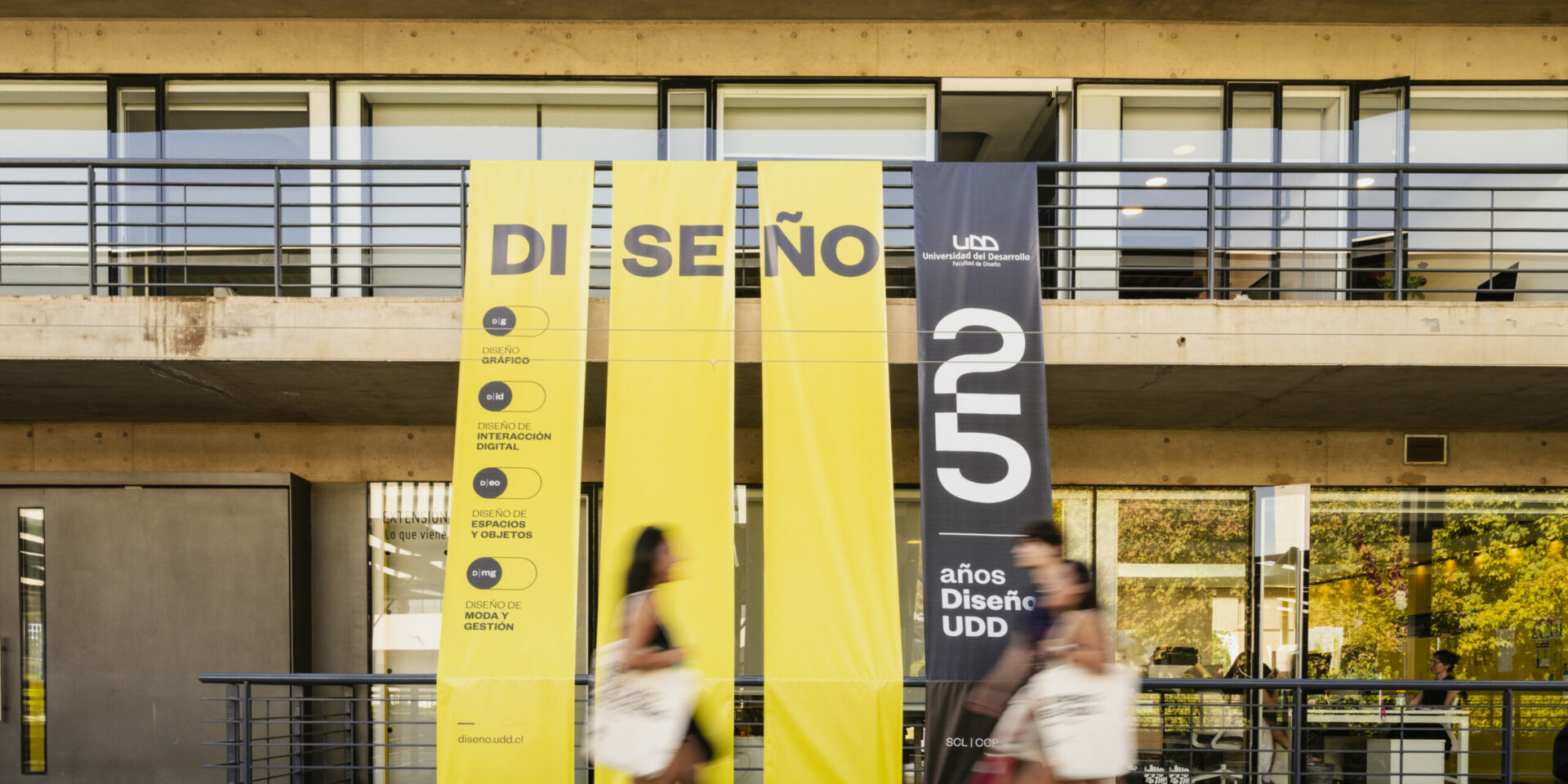
Valentina Vera and Pía Manzano, with Professor Nataly Silva, stood out in the Biodesign Challenge with ZOOA, a device that captures microplastics from washing clothes.
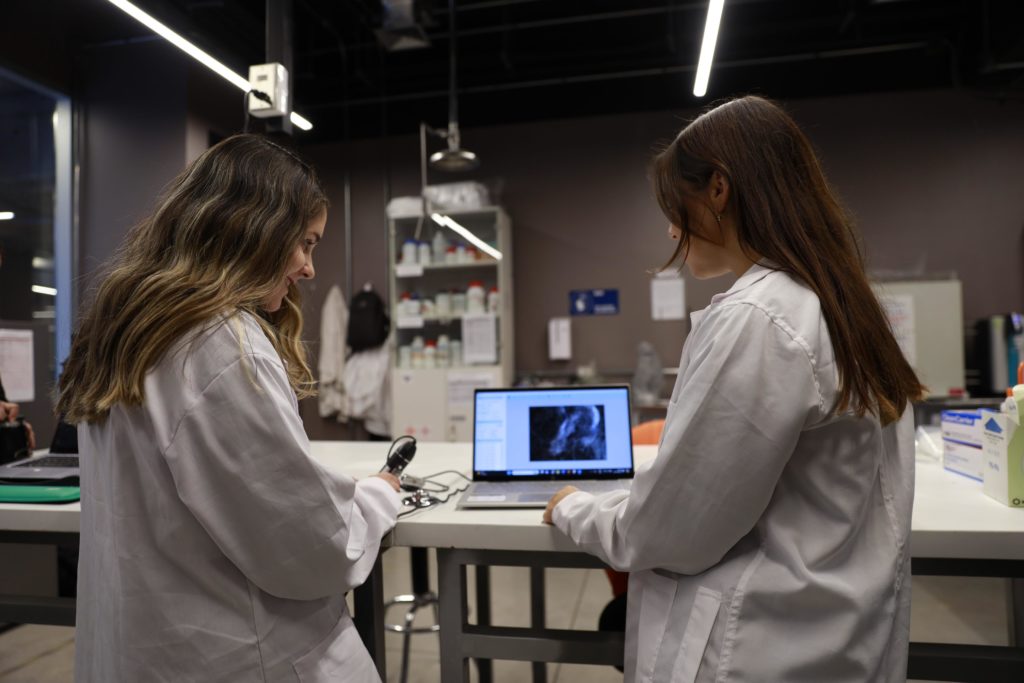
In the recent Biodesign Challenge in New York, UDD Design School students Valentina Vera and Pía Manzano of Fashion Design and Management and Graphic Design, respectively, presented their unique project, ZOOA. A device that seeks to reduce the environmental impact of washing clothes in the oceans. Accompanied by their mentor professor and researcher, Nataly Silva, PhD in chemistry, the students presented their proposal in this renowned international competition.
The Biodesign Challenge brings together students, academics, and practitioners in design and biotechnology to develop innovative solutions that address environmental and social challenges. This annual event enables participants to present and promote interdisciplinary and collaborative initiatives integrating biology and design principles.
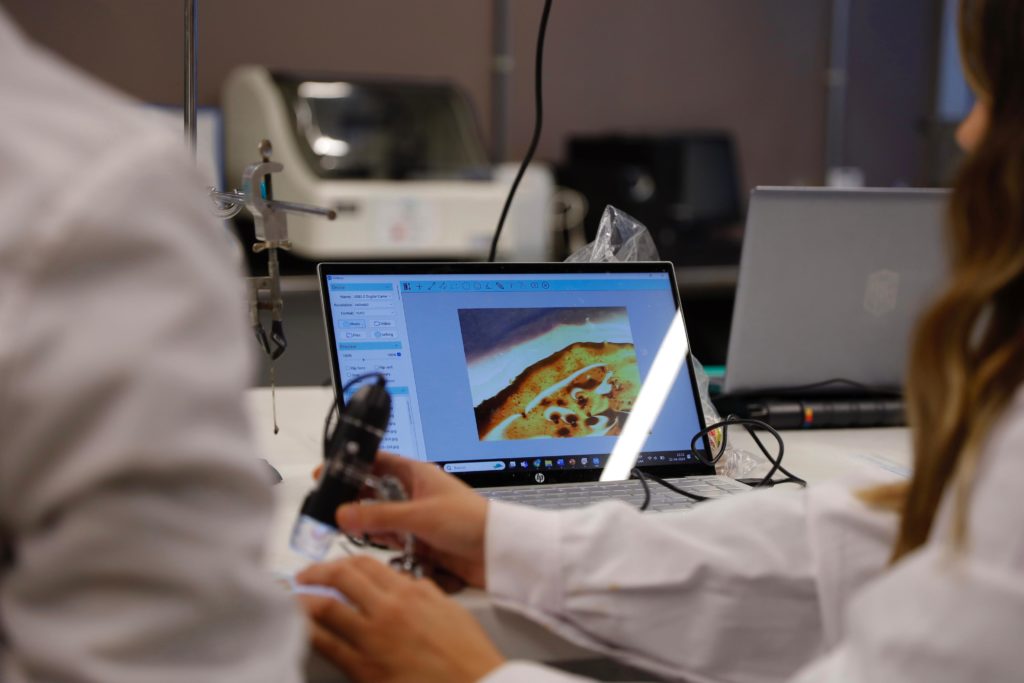

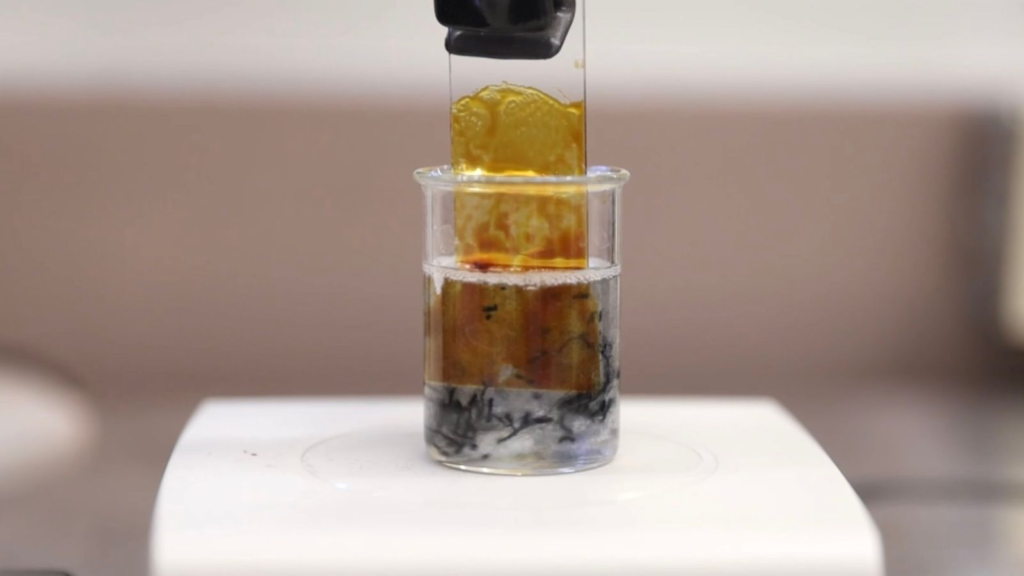
ZOOA, a project focused on biomimicry, is inspired by the giant larvae, a type of zooplankton known for its mucus house, a structure secreted by certain marine organisms. This device captures microplastics released from synthetic garments during each wash cycle. It uses a hydrophobic, mucus-like material that maintains its properties in contact with water, allowing microfibres to adhere effectively. Designed to be installed in the drain of domestic washing machines, ZOOA promises to reduce microfibre pollution significantly.
The development of ZOOA included a series of experiments to evaluate the effectiveness of the material, fibre retention in mucus, prototyping, and microscopic observation of microfibres. These experiments provided fundamental data to ensure the device’s sustainable functionality.
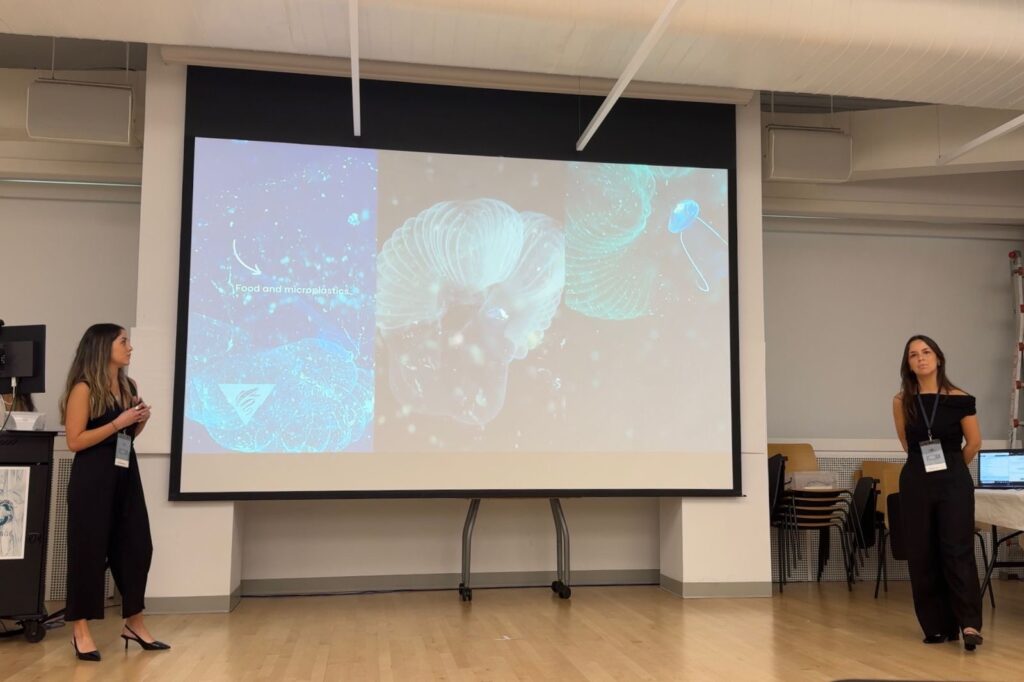
As Nataly Silva explained, «In every wash, fabrics release microfibres and microplastics, which stay there and leave with every flushing of the water reaching the ocean. We are proposing a mucous device; we are not talking about a filter but a device that traps microplastics with technology.
For Alejandra Amenábar, dean of UDD Design, participating in this event is very important to strengthen links with foreign countries. «Being present at the Biodesign Challenge allows our school to be part of the global state of the art in the relationship between biotechnology and design. Each year, we generate a direct dialogue with leading universities worldwide. This presence confirms that our academic value proposition is in dialogue and at the forefront of the demands and challenges of the planet”.
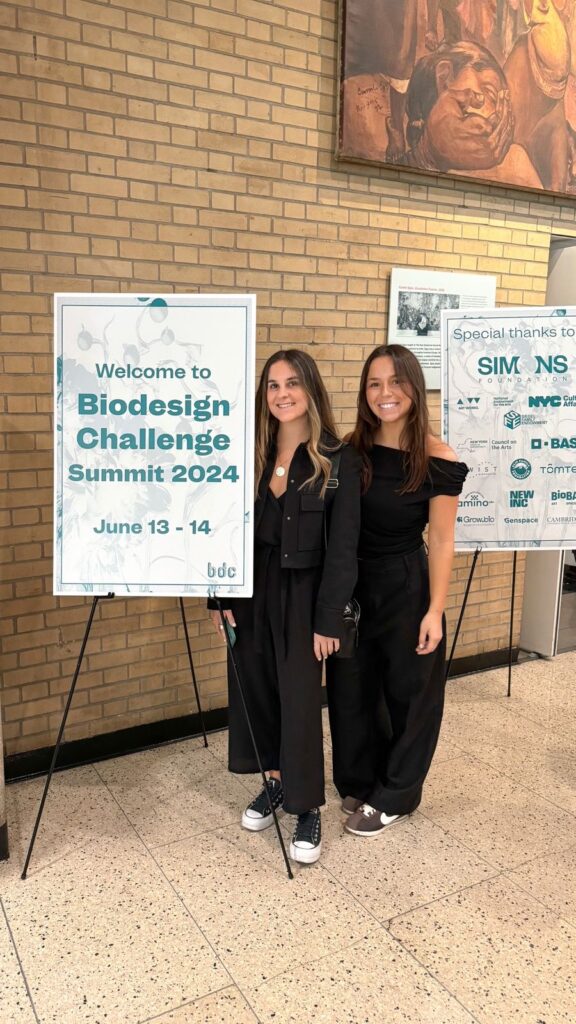
In last year’s version, UDD Design students Bernardita Jiménez, Maria José Mendoza, and Emilia Moure presented their project Strong Gum, a biodegradable, environmentally friendly chewing gum made from organic components that facilitate its chemical decomposition. The students from the Digital Interaction, Graphics, Spaces, and Objects majors were guided by teachers Enzo Anziani and Margarita Talep.
Although the students did not make it to the final stage, they did obtain a very important recognition: the Community Choice, awarded to the project that received the most public votes in the competition.